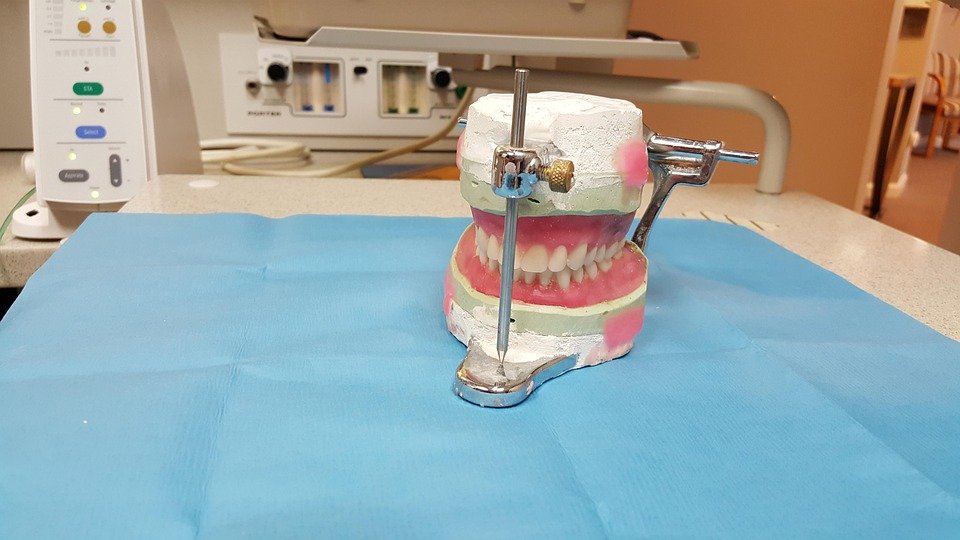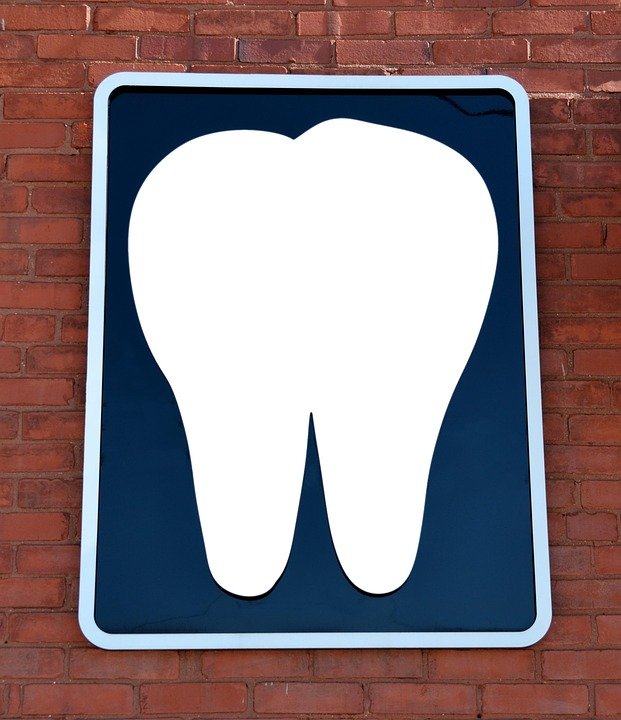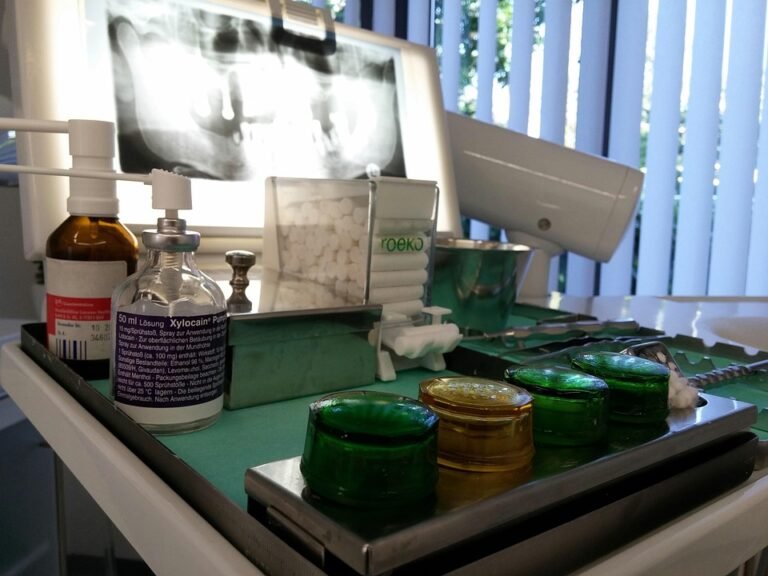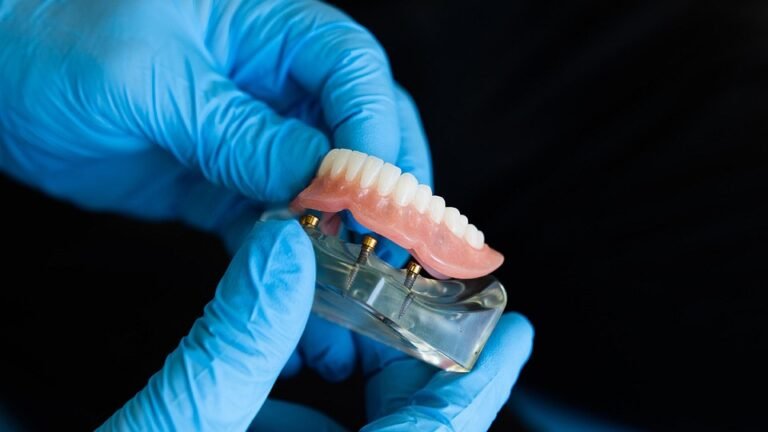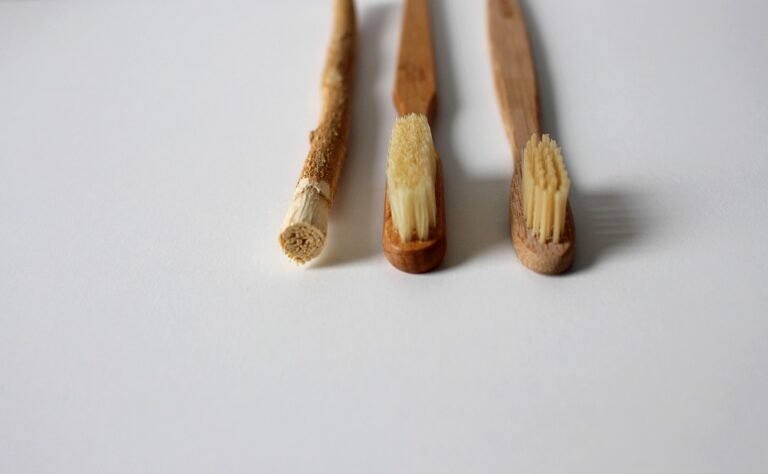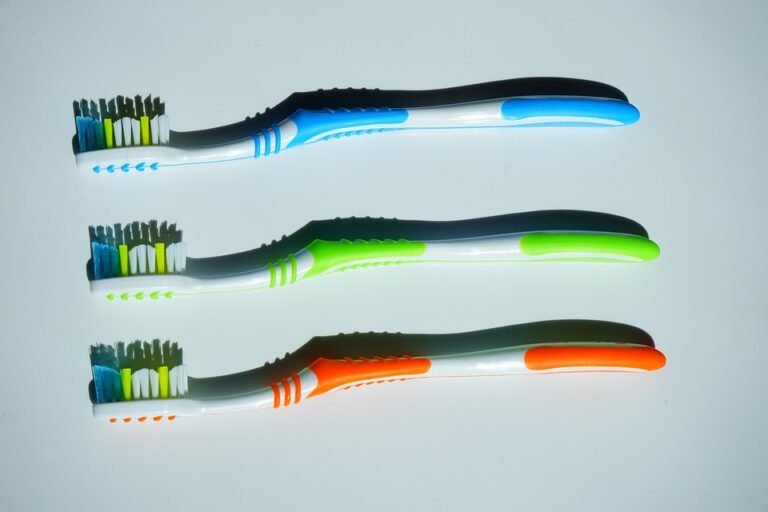What are the most popular cosmetic dentistry procedures right now
Okay, so I’m thinking about getting some cosmetic dental work done. I’ve got some slight gaps in my teeth that bug me, and honestly, I’m just not thrilled with the overall whiteness. I’ve seen so many ads and influencers talking about different procedures, but I’m completely overwhelmed! I’m not sure what’s actually popular or effective versus just trendy for the moment.
I’m mainly interested in procedures that will give me a natural-looking smile, nothing too "fake" or obvious. What are the most popular things people are getting done right now? And what are some of the newer trends that might be worth looking into? I’m also curious about cost – even just a general range would be super helpful. Are there any specific procedures that are known for being more affordable or offering a big impact for the price? Thanks in advance for any advice!
Answer
The most popular cosmetic dentistry procedures are constantly evolving with advancements in technology and shifting patient preferences. However, several procedures consistently rank high in popularity due to their effectiveness in improving smile aesthetics.
1. Teeth Whitening: This remains one of the most sought-after cosmetic procedures. Its popularity stems from being a relatively quick, non-invasive, and cost-effective way to dramatically improve the brightness and appearance of teeth.
- Types:
- In-office whitening (bleaching): Performed by a dentist, this involves applying a high-concentration whitening gel to the teeth, often activated by a special light or laser. Results are typically visible in one or two appointments.
- At-home whitening kits (prescription): Provided by a dentist, these kits contain custom-fitted trays and a professional-strength whitening gel. Patients wear the trays for a specified period each day, typically for one to two weeks.
- Over-the-counter whitening products: These include whitening strips, toothpaste, and mouthwashes. While less potent than professional options, they offer a more accessible and affordable way to achieve mild whitening.
2. Dental Veneers: Veneers are thin, custom-made shells that are bonded to the front surface of teeth to improve their appearance. They can address a variety of cosmetic concerns.
-
Uses:
- Correcting discoloration: Veneers can cover teeth that are severely stained or discolored and resistant to whitening treatments.
- Closing gaps (diastemas): Veneers can be used to close small gaps between teeth, creating a more uniform smile.
- Repairing chips and cracks: Veneers can restore the appearance of teeth that have been chipped or cracked.
- Reshaping teeth: Veneers can alter the shape, size, or length of teeth to create a more balanced and symmetrical smile.
- Correcting minor misalignment: In some cases, veneers can be used as an alternative to orthodontics for minor alignment issues.
- Types:
- Porcelain veneers: These are the most popular type of veneers due to their durability, stain resistance, and natural appearance.
- Composite veneers: These are less expensive than porcelain veneers and can be applied in a single appointment. However, they are not as durable or stain-resistant.
3. Composite Bonding: This involves applying a tooth-colored composite resin to the teeth to improve their appearance. It’s often used for similar issues as veneers, but is generally less expensive and requires less tooth preparation.
-
Uses:
- Repairing chips and cracks: Bonding can effectively restore the shape and function of damaged teeth.
- Closing small gaps: Similar to veneers, bonding can close small gaps between teeth.
- Reshaping teeth: Bonding can be used to alter the shape or size of teeth.
- Covering discoloration: Bonding can cover minor stains or discoloration.
- Advantages:
- Less invasive: Requires minimal tooth preparation.
- More affordable: Compared to veneers.
- Reversible: Can be easily repaired or replaced.
4. Dental Implants: While not strictly cosmetic, dental implants play a significant role in smile aesthetics by replacing missing teeth.
- Function: Dental implants are artificial tooth roots that are surgically placed into the jawbone. A replacement tooth (crown) is then attached to the implant.
- Benefits:
- Restores a complete smile: Fills gaps caused by missing teeth.
- Improves appearance: Implants look and function like natural teeth.
- Prevents bone loss: Implants stimulate bone growth in the jaw.
- Enhances self-confidence: A complete and healthy smile can boost self-esteem.
5. Orthodontics (Clear Aligners & Braces): While traditional braces are still used, clear aligners like Invisalign have gained immense popularity due to their discreet nature and comfort.
-
Uses:
- Straightening teeth: Corrects crooked or misaligned teeth.
- Correcting bite problems (malocclusion): Addresses overbites, underbites, crossbites, and open bites.
- Improving overall oral health: Straight teeth are easier to clean and maintain.
- Types:
- Clear aligners (Invisalign): Removable, transparent plastic trays that gradually shift teeth into the desired position.
- Traditional braces: Metal or ceramic brackets bonded to the teeth with wires and elastics to apply pressure and move teeth.
6. Gum Contouring (Gingivectomy): This procedure reshapes the gum line to improve the appearance of the teeth.
-
Uses:
- Correcting a "gummy smile": Removes excess gum tissue to expose more of the teeth.
- Creating symmetry: Reshapes the gum line to create a more balanced and aesthetically pleasing smile.
- Treating gum disease: Removes diseased or infected gum tissue.
- Methods:
- Scalpel: Traditional surgical method using a scalpel to remove excess gum tissue.
- Laser: Uses a laser to precisely remove and reshape gum tissue with minimal bleeding and discomfort.
7. Smile Makeovers: This is a comprehensive approach to cosmetic dentistry that involves a combination of procedures to achieve a complete smile transformation.
- Process: A smile makeover typically involves a consultation with a cosmetic dentist to assess the patient’s needs and goals. A personalized treatment plan is then developed, which may include a combination of the procedures mentioned above, such as teeth whitening, veneers, bonding, orthodontics, and gum contouring.
- Benefits: Addresses multiple cosmetic concerns simultaneously, resulting in a dramatic and comprehensive smile improvement.
The popularity of these procedures is driven by factors such as the increasing awareness of cosmetic dentistry options, the desire for improved self-esteem and confidence, and the influence of social media and celebrity smiles. It’s crucial for individuals interested in cosmetic dentistry to consult with a qualified and experienced dentist to determine the best treatment options for their specific needs and goals.
